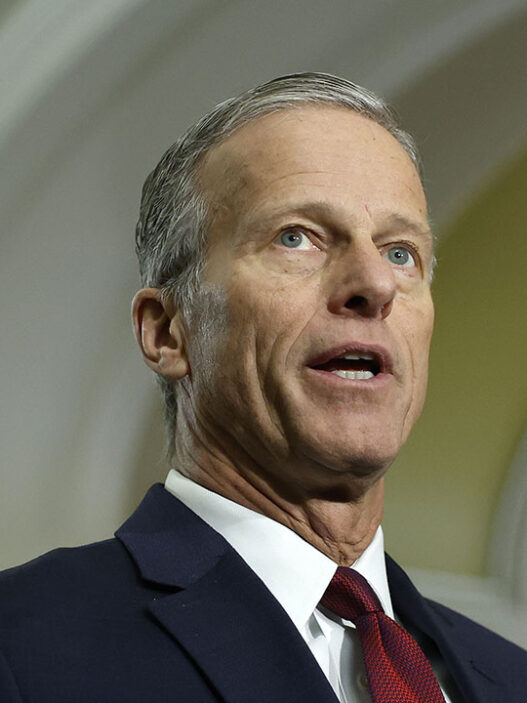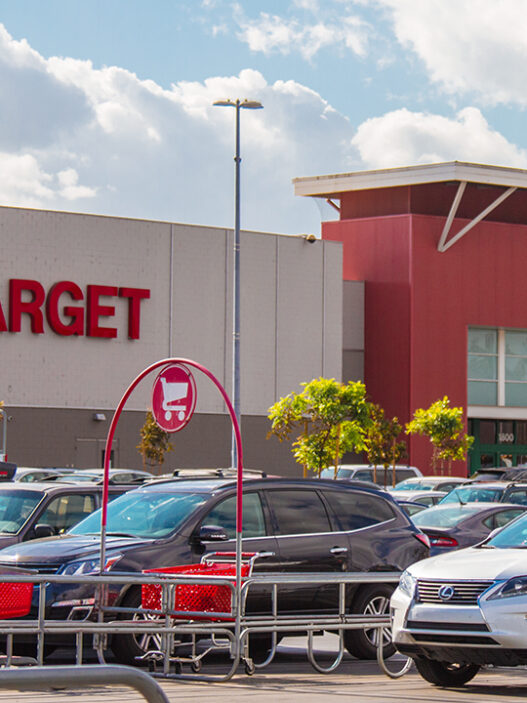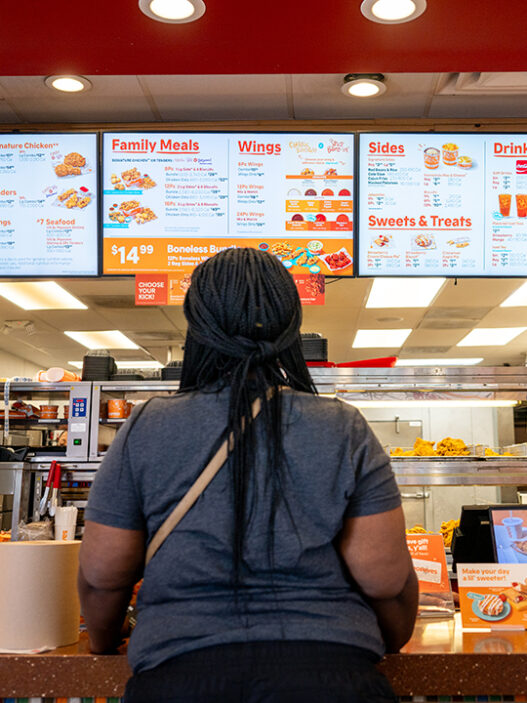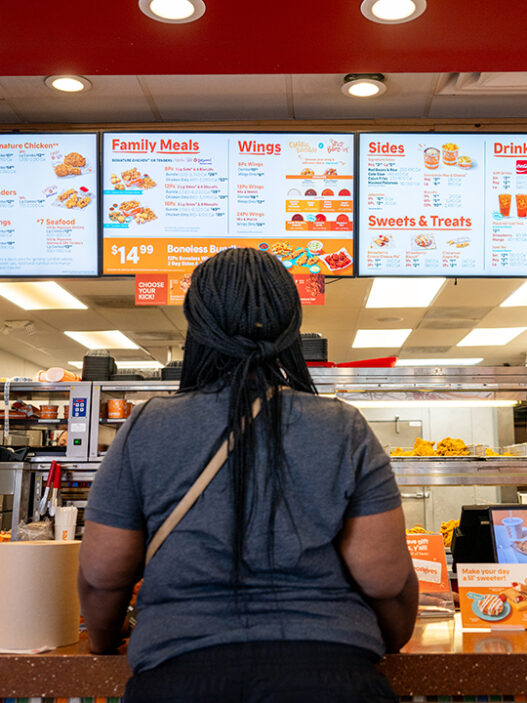Coca-Cola’s plan to launch a soda sweetened with cane sugar later this year is a welcome boon to the small sugarcane economy in the U.S., one industry expert told FOX Business.
The beverage giant announced during its earnings report on Tuesday that it plans to launch a new product made with real sugar as soon as this fall amid ongoing pressure from the Trump administration to ensure the nation’s food supply has cleaner ingredients.
Bryan Le, a food scientist and principal food consultant at Mendocino Food Consulting, said that if the beverage giant sources its cane sugar from the U.S., this could be welcome news for communities in Florida, Texas and Louisiana, which produce the most sugarcane in the nation.
GENERAL MILLS LATEST US FOOD GIANT PULLING ARTIFICIAL DYES FROM PRODUCTS
Sugarcane production significantly expanded in Florida, which produces the most sugarcane in the U.S., after the country ceased importing sugar from Cuba in 1960. Most of it is produced in organic soils along the southern and southeastern shore of Lake Okeechobee in southern Florida, with the area producing an average of about 2.06 million tons of unrefined sugar each year from 2017 to 2021, according to the United States Department of Agriculture (USDA).
Louisiana has also seen production expand. The state has specifically seen an increase in sugarcane acreage when returns for competing crops, such as rice and soybeans, have decreased, according to the USDA. Each year from 2017 to 2021, the state produced 1.782 million tons of unrefined sugar.
Meanwhile, Texas sugarcane is produced in the lower Rio Grande Valley, which is at the southern tip of the state. Since 2017, the USDA estimated that farmers in the state have been harvesting around 36,100 acres a year on average, and producing about 143,000 tons of unrefined sugar each year.
HIGH-FRUCTOSE CORN SYRUP VS. CANE SUGAR IN FOODS: THE COST OF SWITCHING INGREDIENTS
But not everyone is in agreement that Coca-Cola’s latest announcement will make a substantial difference to the industry.
Arun Sundaram, vice president and senior equity analyst at CFRA Research, said that it remains to be seen how much of a boost this latest innovation will bring to sugar producers in these states, given that Coca-Cola is only complementing the company’s existing portfolio with a new product, and not replacing any core Coca-Cola products.
In the last several decades, the cane sugar industry has taken a major hit after high-fructose corn syrup became the de facto sweetener in the country due to its lower cost, according to Le. In the 1980s, even the beverage giant Coca-Cola swapped cane sugar, which came with high tariffs, for high-fructose corn syrup which was a cheaper alternative due to corn farming subsidies.
The moves to do so, though, are directly hindering local and regional communities in Texas, Louisiana, and Florida, which rely on cane sugar production as a source of income for workers in the area, according to Le.
Scores of sugar production plants have not only limited their production capacity, but closed entirely as a result, according to Le.
Cane sugar is a seasonal plant with a very specific timing for harvest, which means production facilities do not remain open throughout the year. Instead, cane production is focused on a limited window during the year when it can be pressed, evaporated and refined, Le said.
“Once all of the cane harvest has completed, the facilities are left unoccupied and the plants no longer have a need for workers, which places a high economic cost on ensuring production is completed with as much efficiency as possible,” Le added.
GET FOX BUSINESS ON THE GO BY CLICKING HERE
Many of these sugarcane companies operate as cooperatives, and due to the limited growth of the industry, they’ve had little incentive to expand sugarcane plantings.
If companies follow in Coca-Cola’s footsteps, “the economic benefit will be enormous for these states, especially as the regions that produce sugar cane compete with cropland for low-cost, staple crops that compete on the international market, like rice and soybeans,” Le said, adding that the presumed “demand for sugar cane can easily shift the balance towards more acreage dedicated to sugar cane crop and boost the economic prosperity of the surrounding regions.”























